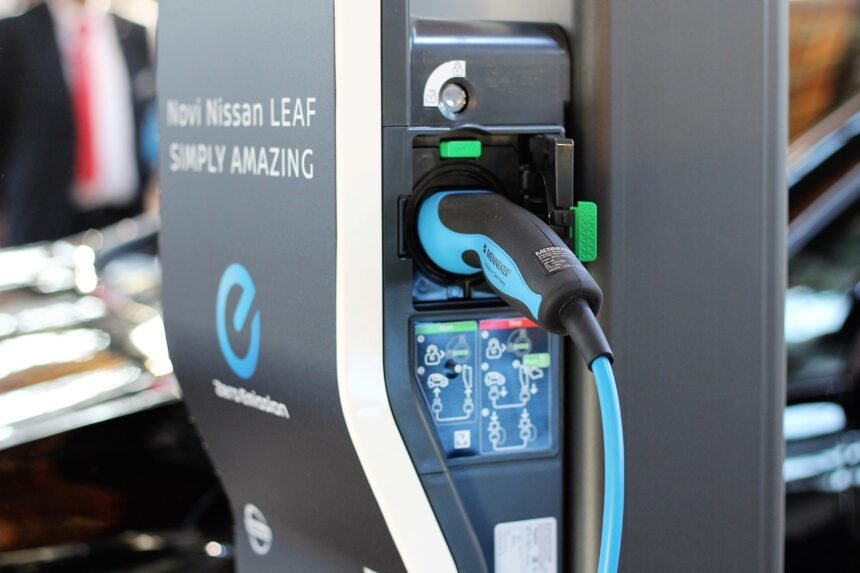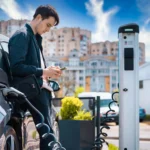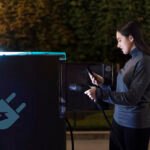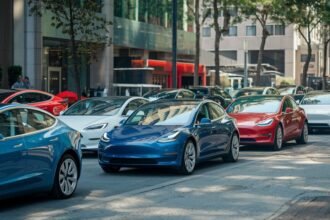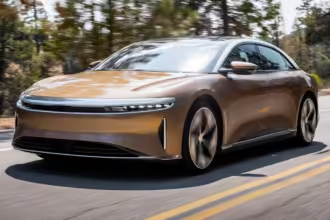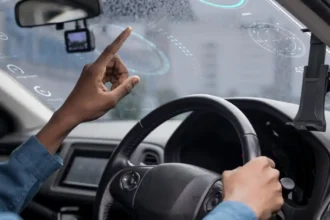As electric vehicles (EVs) continue to grow in popularity across the United States, one burning question remains: how will the nation meet the demand for more charging stations? Whether you’re an EV owner or someone considering the switch, understanding the future of charging infrastructure is crucial. This article dives into the advancements, challenges, and innovations that will shape the future of charging stations in the USA.
Why Are Charging Stations Crucial for the Future of Transportation?
With the global push towards cleaner energy, the adoption of electric vehicles is rapidly accelerating. However, without a solid charging infrastructure, this transition could hit major roadblocks. Charging stations are the backbone of the EV revolution, enabling drivers to recharge easily, efficiently, and affordably.
Did you know? The U.S. currently has over 130,000 charging stations, but with an estimated 30 million EVs expected on the road by 2030, this number will need to increase significantly to meet demand.
The Types of Charging Stations: What You Need to Know
Before exploring the future, let’s review the current landscape of charging stations in the USA. Today’s charging infrastructure consists of three main types:
- Level 1 Chargers: These use standard 120-volt outlets, typically taking 8-12 hours to fully charge an EV. They’re great for overnight charging at home but impractical for long trips.
- Level 2 Chargers: These offer a faster charge, using 240-volt outlets and reducing charging time to 4-6 hours. They’re commonly found in public areas like shopping centers or workplaces.
- DC Fast Chargers (Level 3): The fastest option, DC fast chargers can replenish an EV battery up to 80% in just 30 minutes. They’re mostly found along highways or at high-traffic locations, perfect for long-distance travelers.
The Future of Charging Stations: Trends and Innovations
As the EV market expands, so too must the charging infrastructure. Here are key trends that will shape the future of charging stations in the USA:

1. Ultra-Fast Charging
One of the most exciting advancements is the development of ultra-fast charging stations. With technology improving at a rapid pace, ultra-fast chargers promise to reduce charging times to as little as 10-15 minutes, making EV ownership more convenient than ever. Leading companies like Tesla and Electrify America are already rolling out faster charging solutions across the country.
2. Wireless Charging
Imagine simply parking your car, and it starts charging automatically. Wireless charging is set to revolutionize the way we power up our vehicles. Using induction technology, EVs could charge without the need for physical cables, making charging seamless and hassle-free. Pilot programs for wireless charging are already underway in several U.S. cities, and the technology could become mainstream in the next decade.
3. Solar-Powered Charging Stations
Another eco-friendly innovation is the rise of solar-powered charging stations. These stations use renewable energy from the sun to charge vehicles, reducing the reliance on the power grid and promoting sustainability. Some companies are exploring fully off-grid solar stations that can be deployed in remote locations or in areas with limited infrastructure.
4. Smart Grid Integration
The integration of smart grids with charging stations is another trend that will shape the future. Smart grids allow for more efficient energy distribution, optimizing when and how EVs are charged. This could prevent overloading the power grid during peak times, ensuring a stable and reliable energy supply for EVs.
5. Expansion of Rural Charging Networks
While urban areas are quickly adapting to the needs of EV drivers, rural America has lagged behind in charging infrastructure. To encourage wider adoption of EVs, efforts are underway to expand charging networks to rural and underserved areas. This expansion will make long-distance EV travel across the entire country more feasible.
Overcoming Challenges in the Charging Station Expansion
While the future of charging stations looks promising, several challenges need to be addressed for full-scale adoption:
1. High Installation Costs
The installation of charging stations, especially fast chargers, comes with a hefty price tag. These costs are often passed on to consumers, leading to higher fees for charging. To overcome this, the government and private sector must continue to provide incentives and subsidies for expanding the network.
2. Standardization
Currently, there is a lack of standardized connectors and payment systems across different charging networks. This inconsistency makes it difficult for EV drivers to seamlessly switch between different providers. Industry-wide standardization will be key to ensuring a smooth user experience.
3. Grid Capacity
With millions of EVs expected to hit the roads in the next decade, concerns about grid capacity are valid. The U.S. grid will need to handle the additional demand from charging stations, especially during peak hours. Investment in grid modernization and renewable energy sources will be essential.
Government Initiatives and Support for Charging Stations
The U.S. government is playing a crucial role in driving the expansion of charging stations. Key initiatives include:
- Bipartisan Infrastructure Law: Passed in 2021, this law allocates $7.5 billion for the construction of EV charging stations across the country, with the goal of building 500,000 public charging points by 2030.
- Federal and State Tax Incentives: Many states offer tax incentives for installing home chargers or public charging stations. Additionally, businesses are encouraged to set up charging points through federal tax credits.
- Public-Private Partnerships: Partnerships between the government and private companies are accelerating the deployment of charging infrastructure, ensuring it keeps pace with the growing EV market.
FAQs About the Future of Charging Stations in the USA
Q1: How many charging stations will be needed to meet future demand? A: By 2030, experts estimate that the U.S. will need between 1.5 and 2 million public charging stations to support the expected 30 million EVs on the road.
Q2: Will charging stations become faster in the future? A: Yes, advancements in ultra-fast charging technology are expected to reduce charging times significantly, with some stations offering full charges in under 15 minutes.
Q3: Are there plans to expand charging stations in rural areas? A: Absolutely. Both the government and private companies are working to ensure rural areas are not left behind by expanding charging networks to underserved regions.
Q4: How will charging stations impact the power grid? A: While EVs will increase demand on the grid, smart grid technology and renewable energy sources like solar-powered stations will help manage the load and prevent overloads during peak times.
Q5: What role does the government play in the expansion of charging infrastructure? A: The U.S. government is investing heavily in EV infrastructure through federal funding, tax incentives, and partnerships with private companies to build a robust and reliable charging network.
Conclusion: The Road Ahead for Charging Stations in the USA
The future of charging stations in the USA is bright. As electric vehicles become the norm, innovations like ultra-fast chargers, wireless charging, and solar-powered stations will make charging faster, easier, and more accessible for everyone. Government support and private sector investments will play critical roles in ensuring the country is ready for an all-electric future. With the right planning and infrastructure in place, the future of charging stations in the USA promises to be as exciting as the vehicles they will power.


